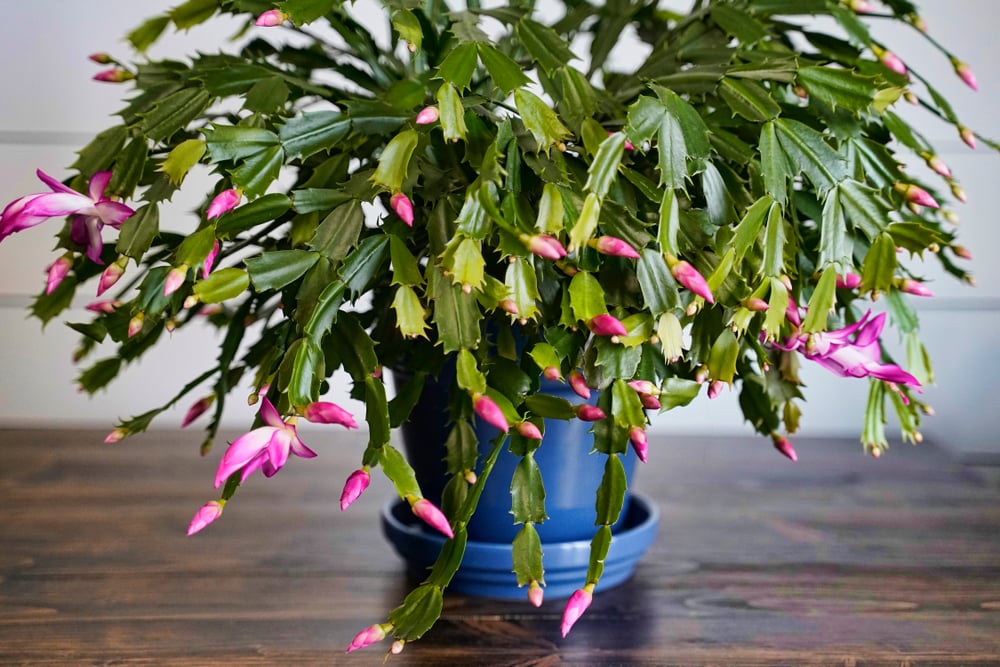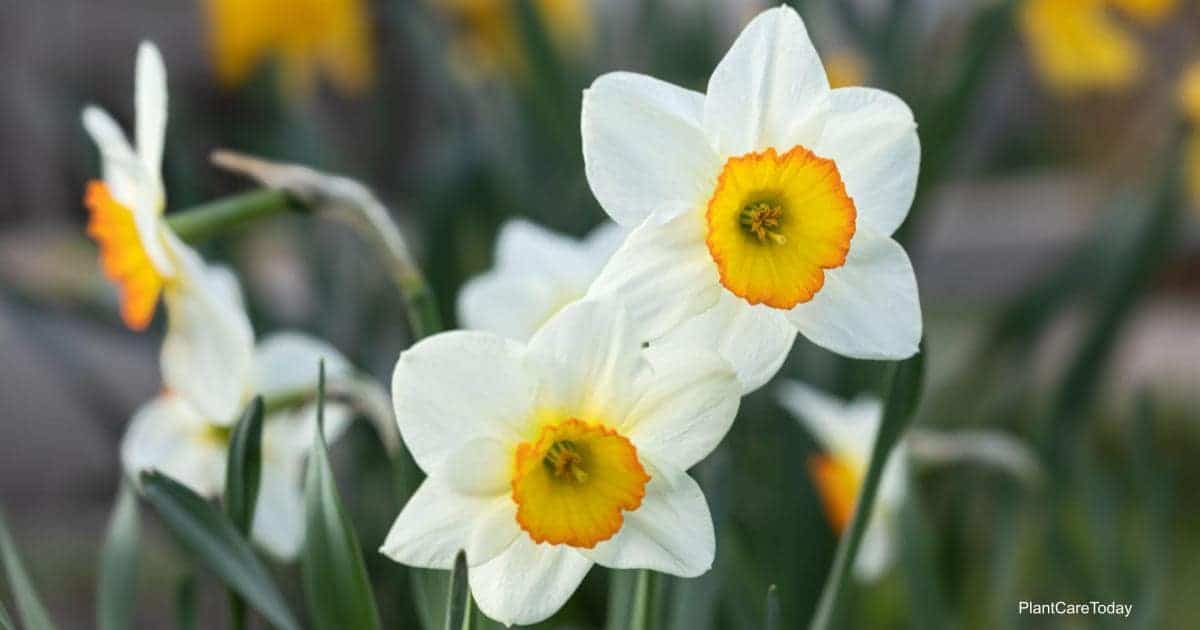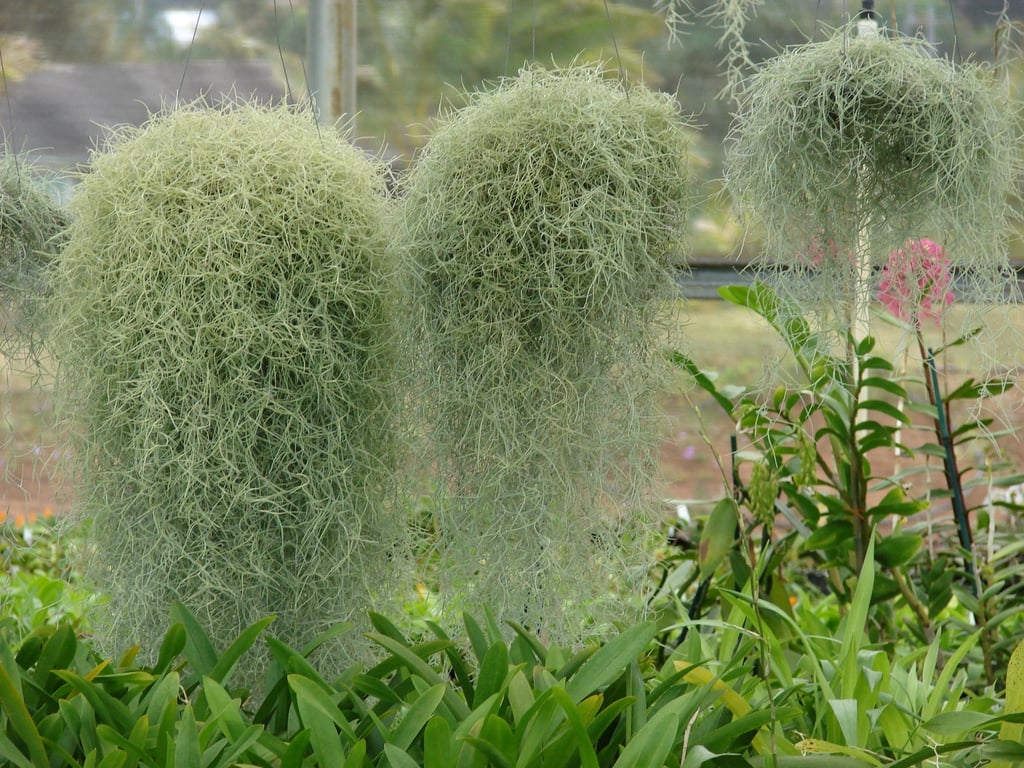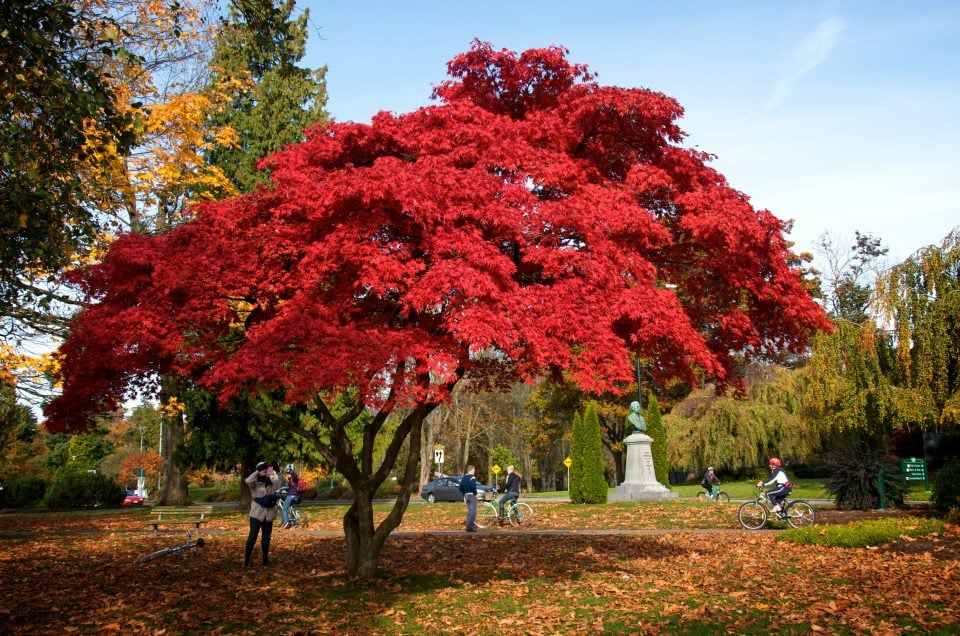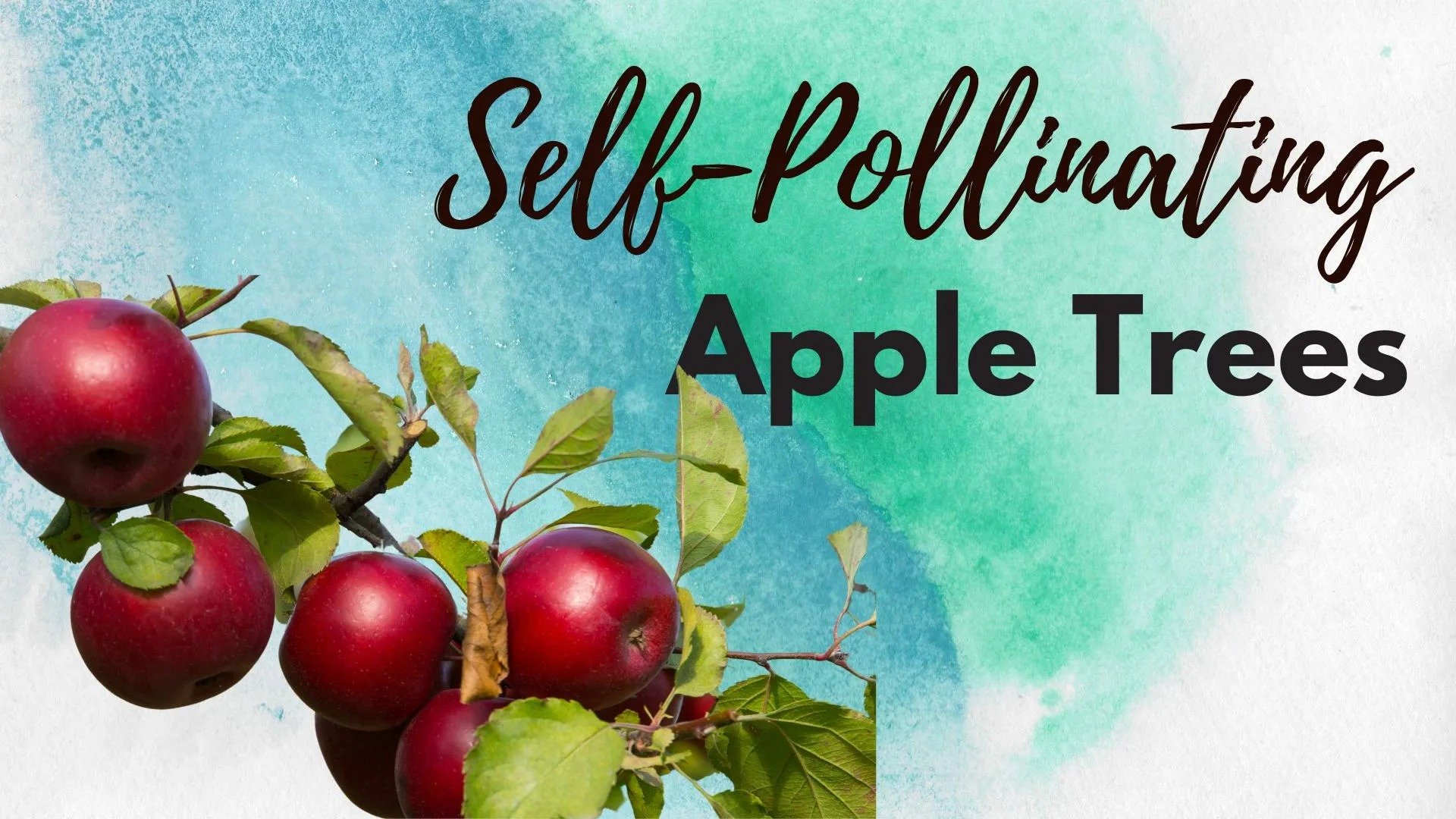Pelargonium Citrosum ‘Citronella’ Plant [Growing and Caring Tips]
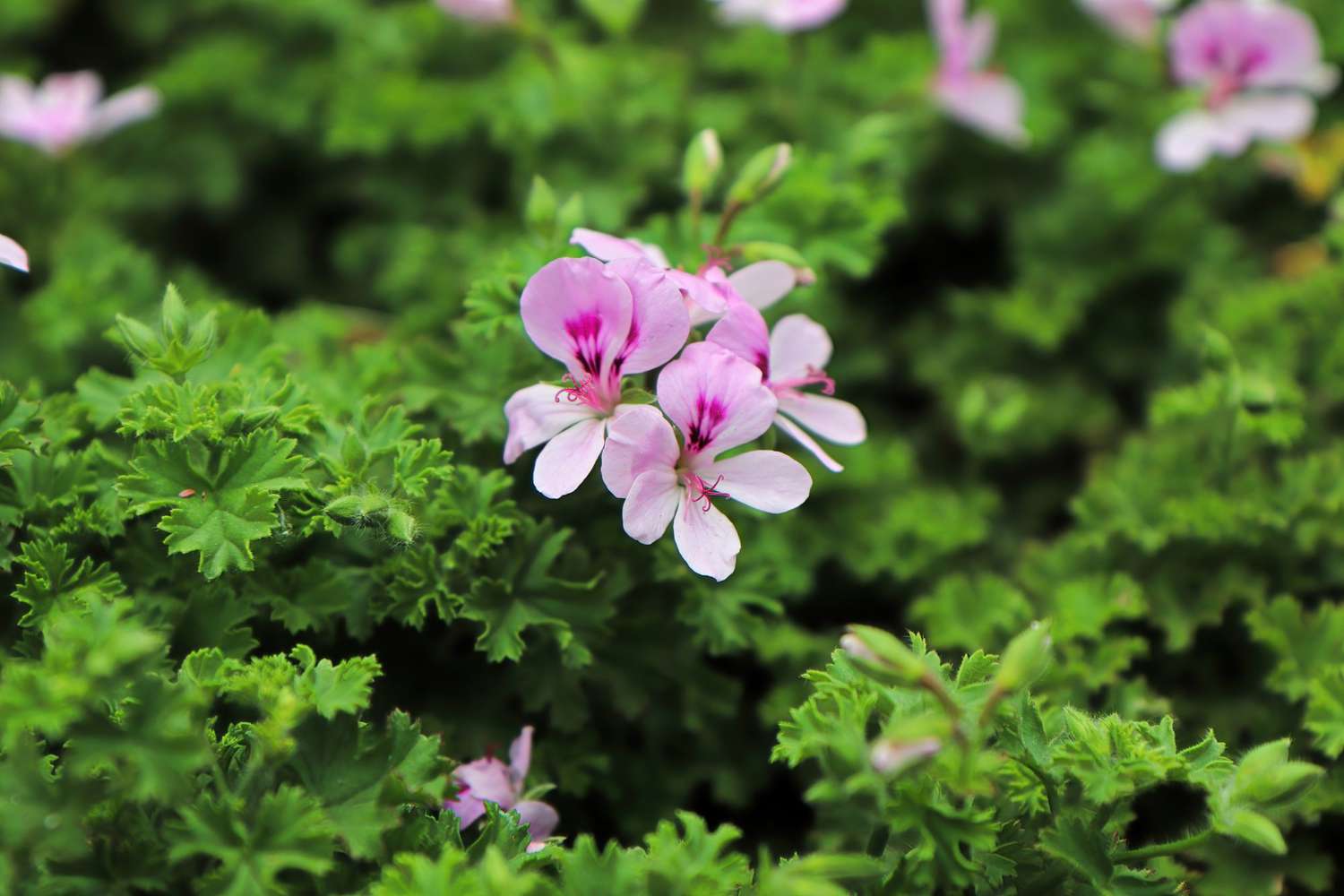
Table of Contents
Are you looking for a low-maintenance plant that smells amazing and repels insects? Then, you should grow a Pelargonium citrosum ‘Citronella’ plant.
This plant’s distinctive scent and insect-repelling qualities have helped it gain popularity. In order to repel mosquitoes, numerous products like sprays, lotions, and candles use the oil collected from the citronella leaves. In addition to its useful properties, the Citronella plant makes an excellent decorative addition to the patio of your home.
Even people without a gift for gardening can grow and take care of the Pelargonium citrosum ‘Citronella’ plant with remarkable ease. In this article, we’ll talk about the traits of the plant, the best growth environment, propagation, trimming, upkeep techniques, and alternate uses for the Citronella. You will be fully equipped with the knowledge necessary to properly develop and maintain your pelargonium citrosum ‘Citronella’ by the time you finish reading this article.
Pelargonium Citrosum ‘Citronella’ Plant Characteristics
Pelargonium citrosum or Citrosa geranium belongs to the blossoming subshrub(dwarf with a woody base) species from the family ‘Geraniaceae and is also known as the Citronella plant or mosquito plant. Most notably in southern Africa, the evergreen shrub is indigenous to many tropical and temperate locations worldwide.
The perennial Pelargonium citrosum ‘Citronella’ plant has a powerful citrus fragrance. It is a straight plant that can reach a height of 24 inches and does best in full sun or light shade. When crushed, the plant’s tender green, serrated, sharply cut leaves have a delightful, tangy citrus aroma, earning it the name “Scented Geranium” or “Deodorizer Plant.”
Key Features of Pelargonium Citrosum ‘Citronella’ Plant
Its most notable features are the plant’s potent citrus aroma and mosquito-repelling properties. Although not scientifically approved as an insect repellent, the plant is sold as a “mosquito plant” or “Citrosa geranium”
Its distinctive scent is comparable to that of grass; however, it is rather tangy than grassy. Summer is the ideal season for Pelargonium citrosum ‘Citronella’ growth.
- NATURALLY SCENTED CANDLES: Made with real natural citronella plant. Deet Free.
- LONG LASTING: Each citronella candle has an approximate 4 hour burn time.
- EFFECT: Use several tea lights Candles to maximize mosquito repellent effect.
Varieties of Pelargonium Citrosum ‘Citronella’ Plant
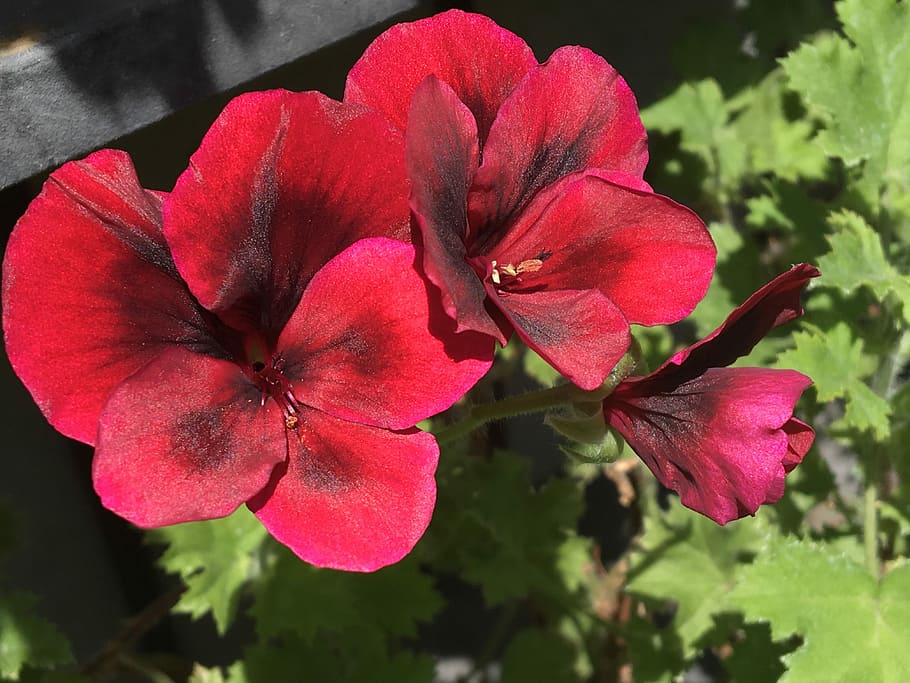
There are several types of Pelargonium citrosum ‘Citronella’ plants. Pelargonium citrosum, Citronella crispum, and Citronella scented are well-known varieties. It has aromatic leaves that smell like Citronella.
The pelargonium variety “Citronella crispum” is perfect for container gardening because of its compact growth behaviour.
The “citronella-scented” pelargonium citrosum has a stronger lemon aroma than other types. It is a lovely, aromatic plant that is simple to grow and maintain. It is a wonderful addition to any patio or garden.
Pelargonium citrosum ‘Citronella’ is a must-have for every gardening enthusiast because of its magnificent leaves and potent citrus aroma.
Essential Growing Conditions for Citronella Plant in the UK
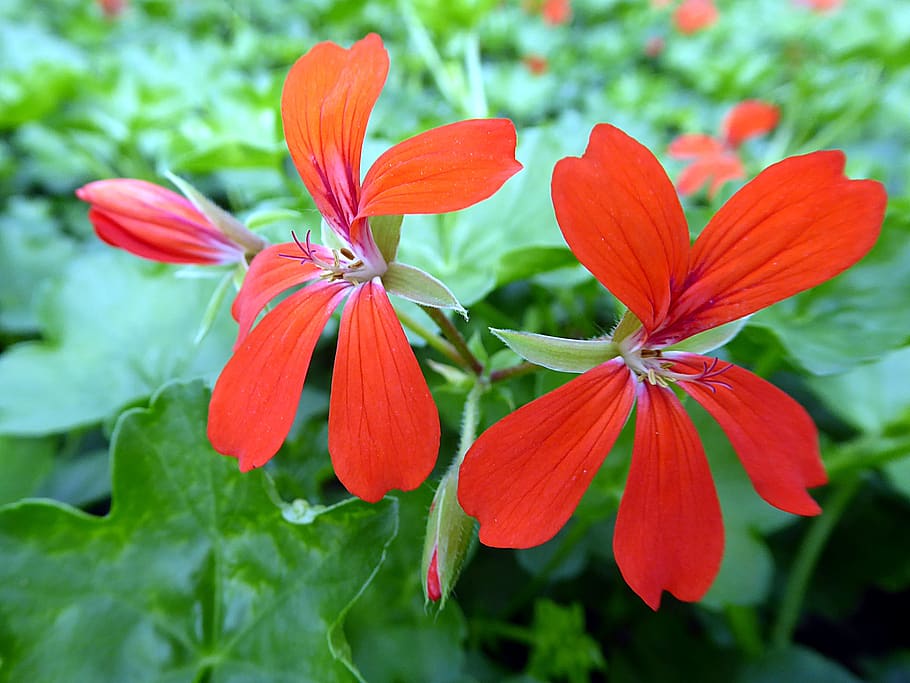
If you intend to plant Pelargonium citrosum, there are quite a few things you need to keep in mind to ensure that it grows well. Pelargonium citrosum is relatively simple to cultivate and care for as long as you offer it the right growing conditions. Therefore, we have prepared the required list.
1. Light Requirements
A bright area with some indirect sunlight is ideal for Pelargonium citrosum growth. It may thrive in full sun, but you must monitor the plant closely because it is susceptible to sunburn. They must get a minimum of six hours of daylight per day to prosper.
2. Soil Requirements
Pelargonium citrosum needs moderately acidic, well-drained soil. You should use a high-quality potting mix with extra perlite or sand to maintain proper drainage.
3. Temperature and Humidity Requirements
Being a warm-weather vegetation, Pelargonium citrosum thrives in the temperature between 18 and 24 °C. It can, though, withstand low temperatures of 10 °C. It prefers humidity.
Positioning a tray of water nearby or spraying the plant can sometimes raise the humidity level around the plant.
4. Nutritional Requirement
Pelargonium citrosum prefers damp conditions instead of over-wetting conditions. Once a week, water it and make sure the soil is evenly moist. A plant should not be overwatered because this can cause root rot.
Pelargonium citrosum doesn’t need to be fertilised frequently. Through the spring, you can give the plants a balanced, organic liquid feed every two weeks. During the growing season, you can fertilise it once a month with a fertiliser high in potassium. Avoid over-fertilising since this can harm the plant.
Your citronella shrub can flourish and beautify your exterior while fending off those bothersome insects with a little care and attention.
5. Propagation
Due to its aromatic and mosquito-repelling qualities, Citronella is a favourite plant among garden lovers. Moreover, it’s rather simple to propagate; I’ll give you a rundown of the various propagation techniques and a step-by-step tutorial on how to grow your citronella plant.
The propagation of Pelargonium citrosum ‘Citronella’ can be done in two main ways: either by planting seeds or by cuttings.
Growing Pelargonium Citrosum ‘Citronella’ from Seeds
Citronella requires a temperature range of 70 to 75 degrees Fahrenheit to grow from seeds.
Now, follow these instructions for growing Pelargonium citrosum from seeds:
- To grow strong seedlings, begin the procedure by mid-January.
- Put the seeds in a seed tray with pores for drainage or moistened peat moss.
- Until they sprout, preserve the seeds in a warm place.
- Plant seedlings in a larger pot or outside in the garden once they have grown.
- Make sure the plants get enough sunlight and regular watering.
How to Grow Pelargonium Citrosum ‘Citronella’ by Cutting
- Start by choosing a healthy plant, then cut from the plant’s top growth, about four inches long.
- Take out the lowermost leaves from your cutting and leave the top two to three leaves.
- Submerge the slit tip of the stem in a powdered rooting hormone. This encourages the development of roots.
- Place the cutting in a pot with high-quality potting soil and give it plenty of water.
- Cover the container with a transparent plastic bag to maintain a high relative humidity that will promote root growth.
- Put the pot in a warm, sunny spot with filtered sunlight. Within two to three weeks, your cutting should start to root and produce new growth.
- Remove the plastic bag and water as necessary when new growth starts.
Citronella is also available in the market as a pot-grown plant.
Citronella is relatively simple to grow and doesn’t call for much expertise. Follow the instructions above and never forget to take good care of your new plants, whether you propagate by seed or cutting.
Witness the blossoming of Pelargonium citrosum ‘Citronella’ perennials in your yard or balcony with a little effort and dedication.
- ❉【Pay More Attention to Dimension】- Size: Diameter 7.08in (18cm); Height 5.9in (15cm). Burnt...
- ❀【Sturdy Design】- Two steel handles for easy lifting and carrying plant boxes. Two steel bands...
- ❃【High-quality】- High-quality wooden materials can effectively prevent breakage, and wooden...
Pelargonium Citrosum ‘Citronella’ Pruning and Maintenance Tips
You are now a proud breeder of “Citronella.” Do you have sufficient knowledge to prune and care for this attractive, aromatic plant properly?
Constant pruning and upkeep are required to maintain the plant’s optimum appearance. Continue reading to become a confident and knowledgeable gardener.
- Professionally built utilizing stainless steel that meets the highest standards and gives you...
- Polished coating ensures long-lasting sharpness and effortless cuts. Provides anti-rush oxidation...
- Zinc alloy handle with a black paint finish for the grip makes it durable, and easy to hold.
1. Importance of Pruning
Pruning can encourage fresh shoots, improve blooming, and protect the plant from illness.
Pruning is crucial for the overall wellness of the plant. By regularly pruning the plant, you can get rid of any dead or decaying leaves or stems and shape it any way you choose. Additionally, this will assist in keeping the plant’s compact shape.
To prevent any plant damage, it’s crucial to prune the plant with clean, sharp equipment. Also, it’s critical to prune the plant as soon as the summer flowering season is over. Then, the plant will have lots of time to improve before the following blooming period.
2. How To Maintain the Plant
It’s crucial to keep the topsoil moist and water the plant frequently to sustain it. The plant enjoys well-drained soil and moderate to full sunlight.
To promote healthy development and flowering, you should apply an appropriate fertiliser. As these plants need proper airflow, ensuring enough ventilation when growing under shade or indoors is crucial.
Leaving citronella outside when temperatures fall significantly below the mark (45°C) for a long time hinders its growth. Therefore, bring your citronella plant inside when evening temperatures fall below 45°C during the winter. It is sensible to keep your Citronella inside once the nighttime temperature starts falling.
3. How to Keep Citronella Disease Free
Yellowing leaves, fungi, and root rot are common problems affecting Pelargonium citrosum ‘citronella’. Pruning the troubled parts and ensuring the plant isn’t excessively watered are crucial steps to resolve these problems. Fungicides can also be used to treat fungus-related illnesses.
So, with constant attention and care, this plant can flourish and enhance your garden’s beauty and fragrance.
Clipping and upkeep are essential for the Pelargonium citrosum ‘citronella’ plant’s health and attractiveness.
Benefits of The Pelargonium Citrosum ‘Citronella’ Plant
Citronella plants are typically safe to use; however, there are a few things to watch out for.
Keep the plant out of the reach of kids and pets since it can be poisonous if consumed raw in excessive quantities.
If your skin is prone to irritation, you should test it by applying it to a tiny portion of your body beforehand to ensure that you do not experience an allergic reaction.
The principal advantage of planting Citronella is that it repels insects. In addition, it has a citrus aroma that keeps away mosquitoes, flies, and other pests, making it an ideal part of your garden area.
The oil extracted from citronella leaves is used in insect-repellent items such as sprays, lotions, and candles.
- Insect repellent
- smokeless
- Easy pour bottle
Conclusion
The blog contains instructions on how to grow and care for this versatile and useful plant. Its benefits and beauty are now available to you all year long.
The Citronella plant is a member of the Geraniaceae family. It has a strong citrus scent, grows to a height of 24 inches, and thrives in direct sunlight or some light shade. Pelargonium citrosum is a warm-weather plant that can survive in temperatures as low as 10 °C and thrives in environments between 18 and 24 °C.
It requires somewhat acidic, properly drained soil and superior potting soil that contains additional perlite or sand. Once a week, watering is recommended. This plant benefits from fertilisers high in potassium. Pelargonium citrosum ‘Citronella’ can be easily multiplied through seed or cutting germination. Keep the citronella plant indoors during the winter season. The plant can have yellowing leaves, fungi, and root decay issues.
Are you already a proud grower of Citronella plants? Share your experience in the comment box.





